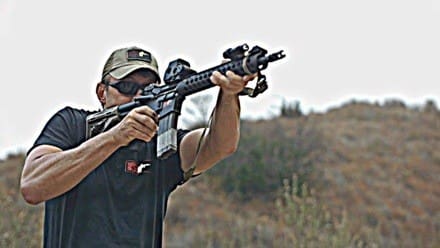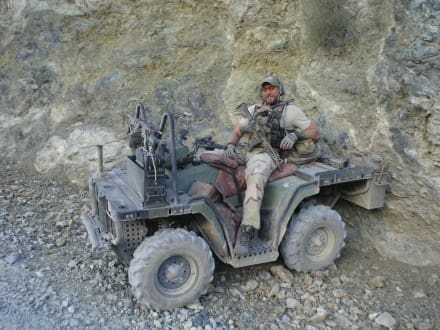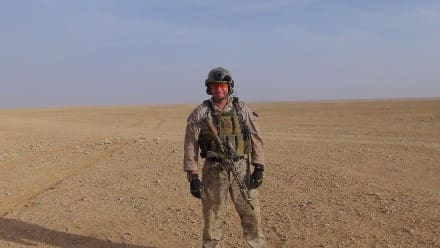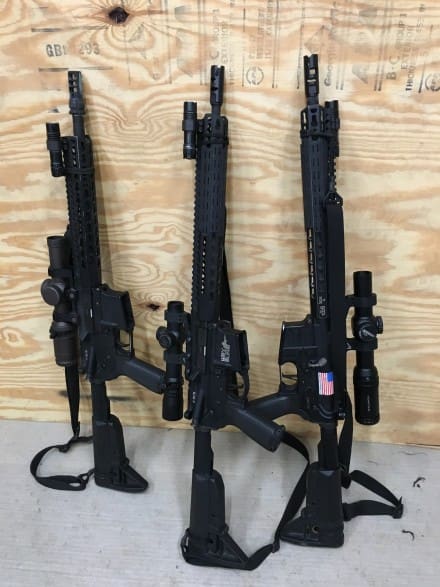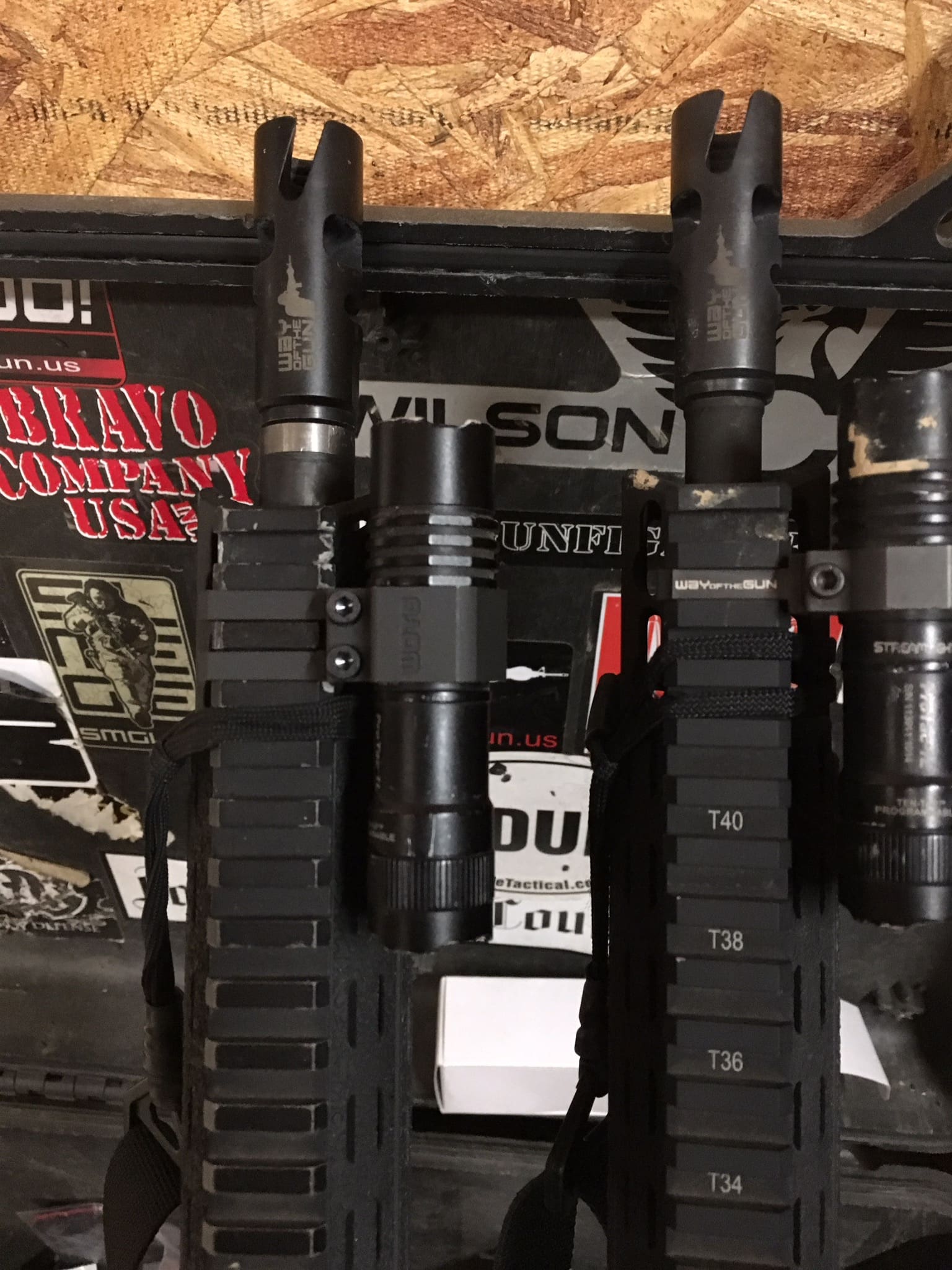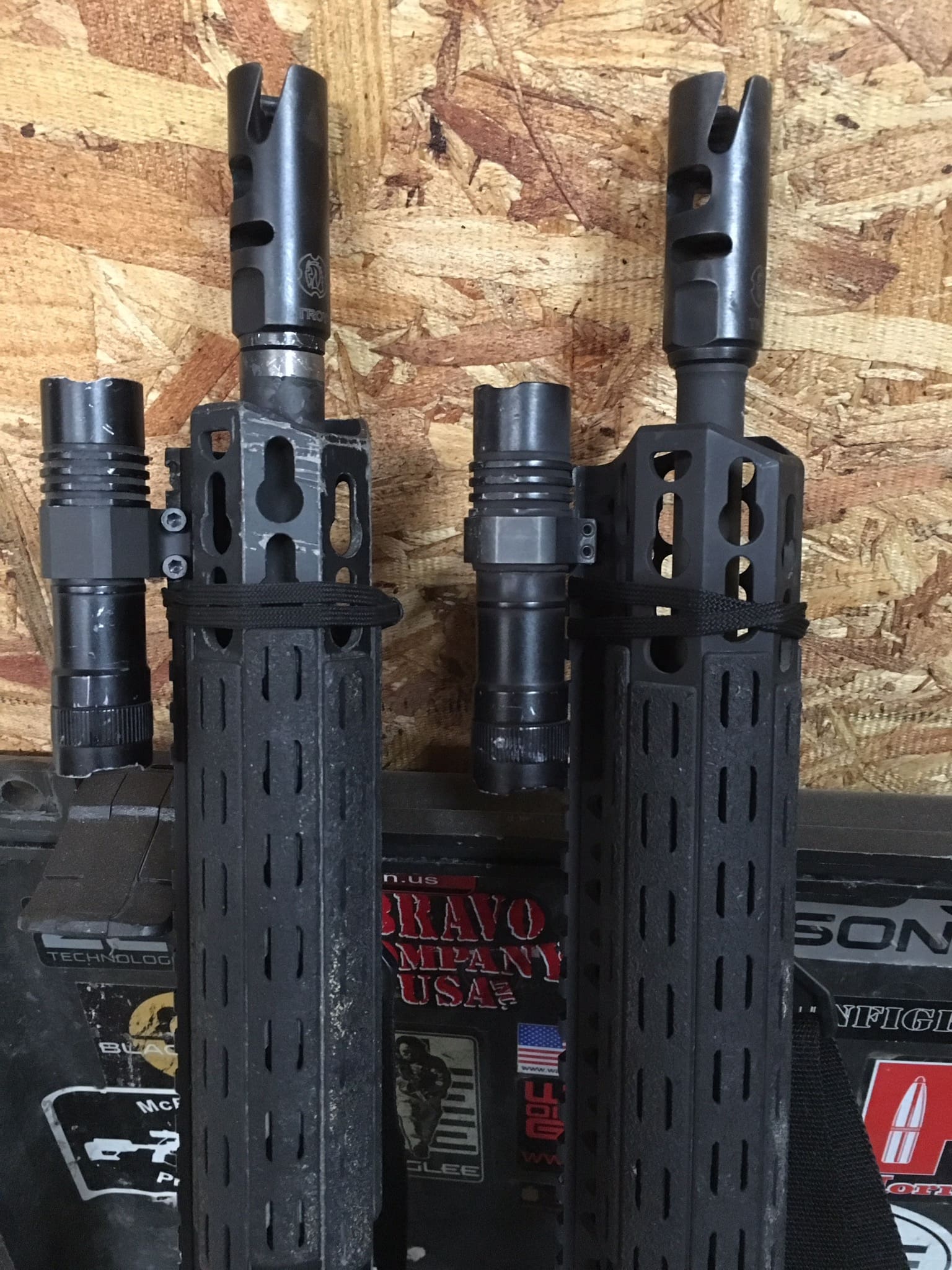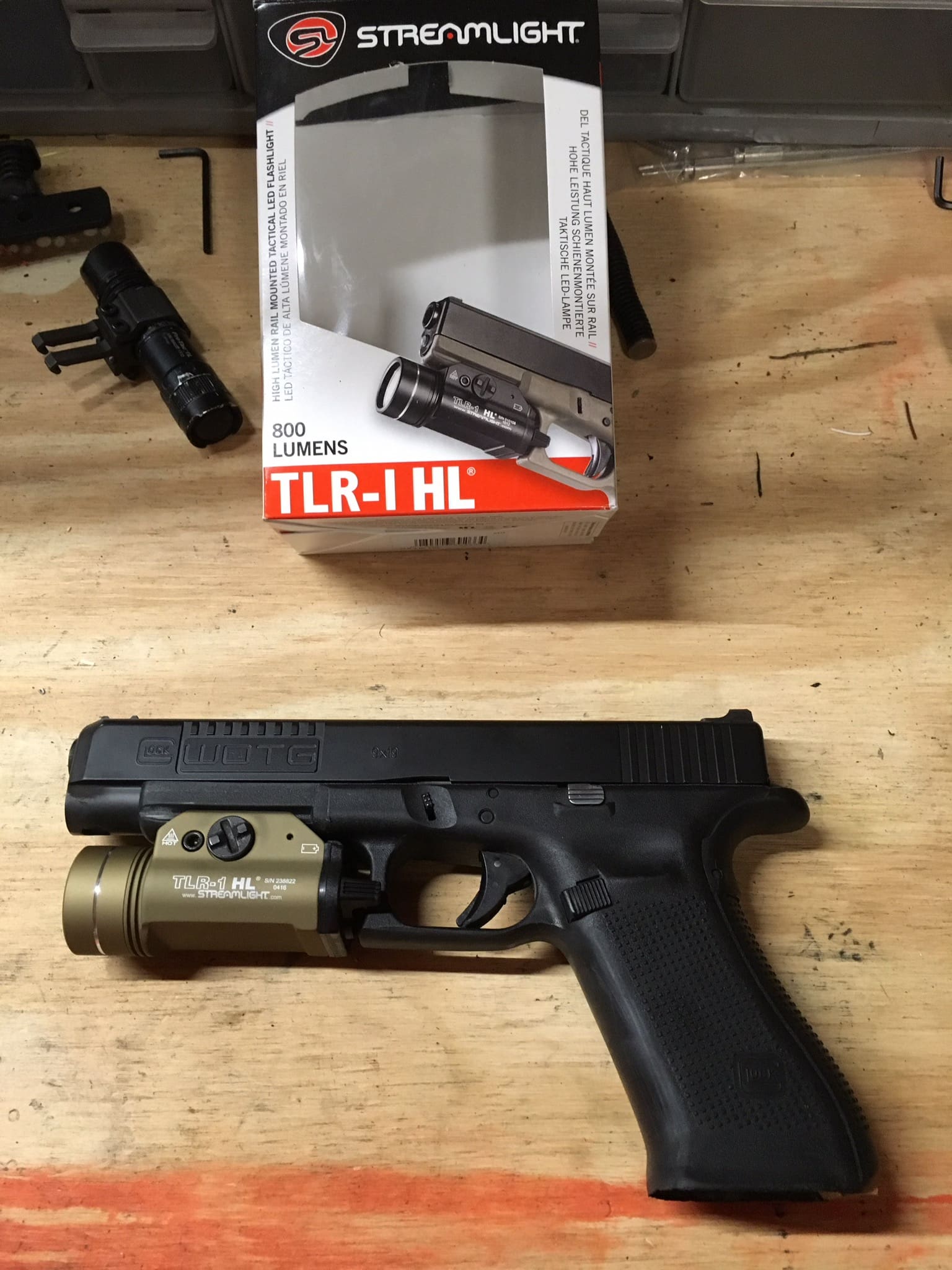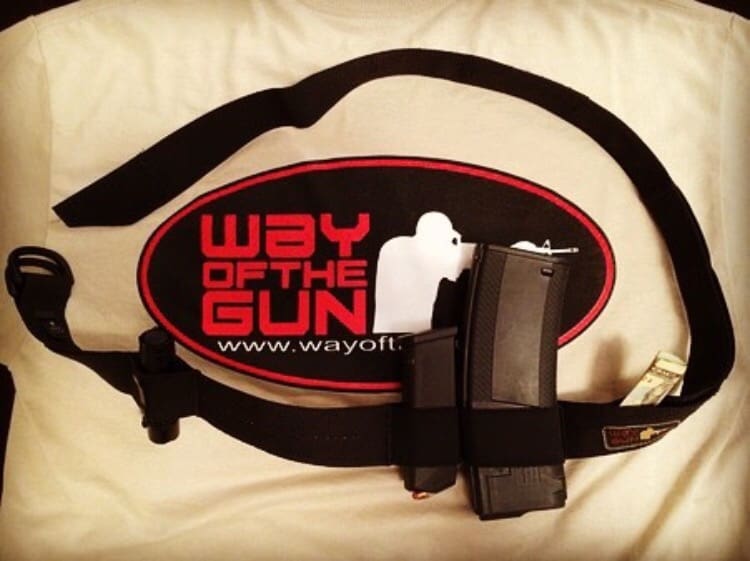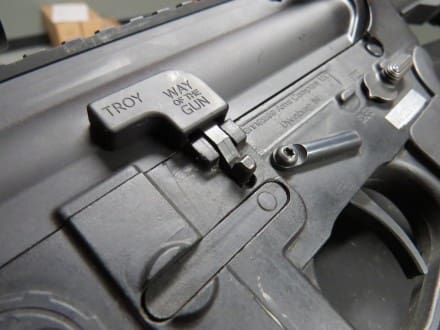Hey Folks, we’ve all heard it or said it: Train like you Fight. A lot of times, folks think that means wearing full kit in order to train to better shoot your gun. I disagree with the party line that you have to wear full battle rattle to train to shoot better.
For tactical shooters I would strongly recommend shooting ‘slick with no kit’ and learn what they can truly do with their guns, what their full capabilities are, how fast can they really put bullets on targets, maneuver through a challenging course of fire, get into positions, etc. Once that base line of what’s possible is established then put your duty gear on and see if you can still do the same stuff.
If you can’t, why?
If it’s because your body armor is too restrictive, there are plenty of ways to keep the defensive capabilities of your body armor AND be mobile and able to mount your gun to shoot well, and give yourself and your team mates some valuable OFFENSIVE capabilities. This concept applies to all the gear you carry to duty; if it hinders your optimal performance I would fix it or get rid of it and stay as light as possible.
Here’s a proven concept that we all as tactical shooters can use to ‘Train to Win’. Every organized sports team in the country (especially the ones that win) use a similar concept to train. Football teams don’t go full speed in pads everyday in practice. That would be the conventional shooter’s wisdom of “train like you fight”. What they do instead is break down individual skill sets and train them to perfection. Then they’ll put on the pads and put all those things together and scrimmage. They take note of what went well and what didn’t go well, and then they take off the pads and train again. When it comes game time they are prepared to WIN.
That’s my ramble for now, maybe I’ll put together a video explaining it some more.
Thanks y’all!
-Frank Proctor
Frank Proctor has served over 18 years in the military, the last 11 of those in US Army Special Forces. During his multiple combat tours in Afghanistan & Iraq he had the privilege to serve with and learn from many seasoned veteran Special Forces Operators so their combined years of knowledge and experience has helped him to become a better operator & instructor. While serving as an instructor at the Special Forces Advanced Urban Combat Course he was drawn to competitive shooting. He has since earned the USPSA Grand Master ranking in the Limited Division and Master ranking in the IDPA Stock Service Pistol division. He learned a great deal from shooting in competition and this has helped him to become to become a better tactical shooter. Frank is one of the few individuals able to bring the experiences of U.S. Army Special Forces, Competitive Shooting, and Veteran Instructor to every class.
All this experience combines to make Frank Proctor a well-rounded shooter and instructor capable of helping you to achieve your goal of becoming a better shooter.
Gunfighter Moment is a weekly feature brought to you by Bravo Company USA. Bravo Company is home of the Gunfighters, and each week they bring us a different trainer to offer some words of wisdom.


